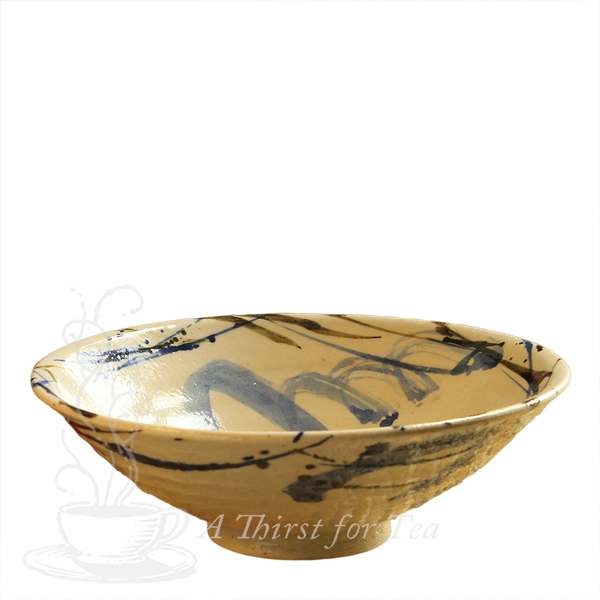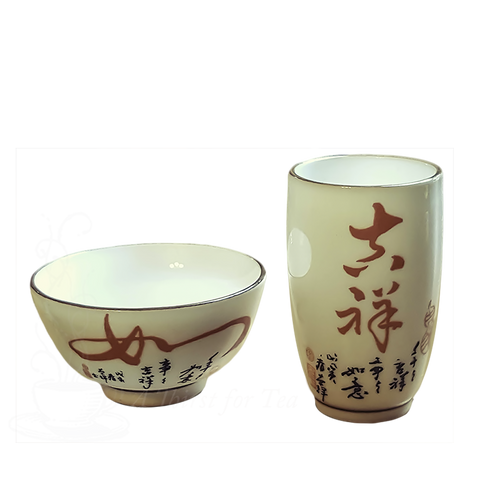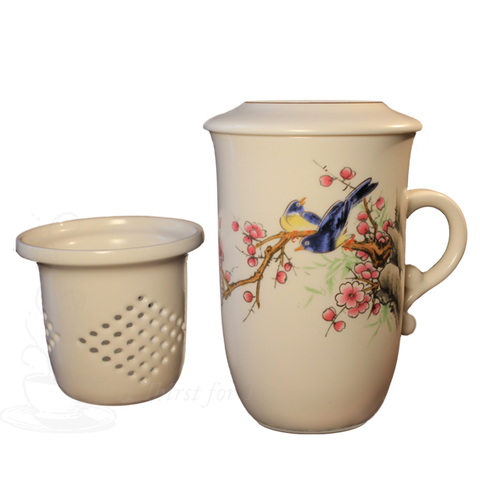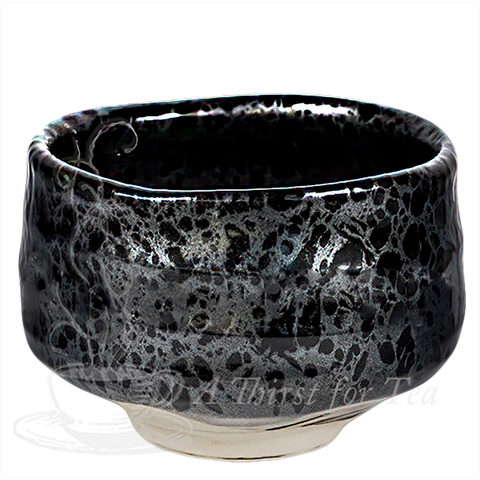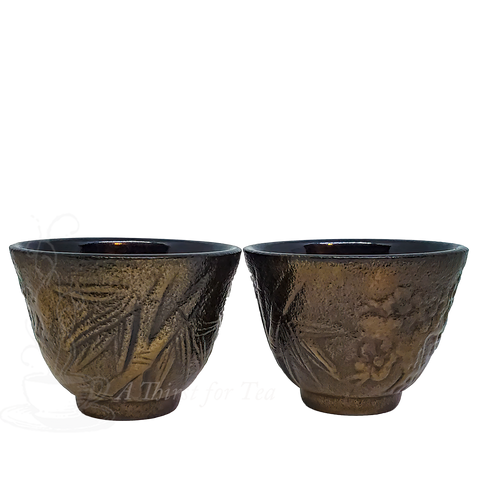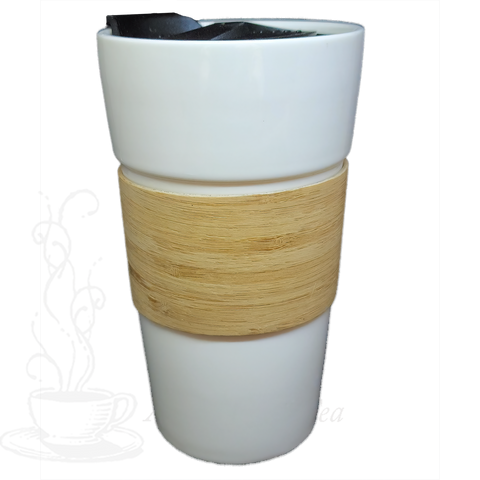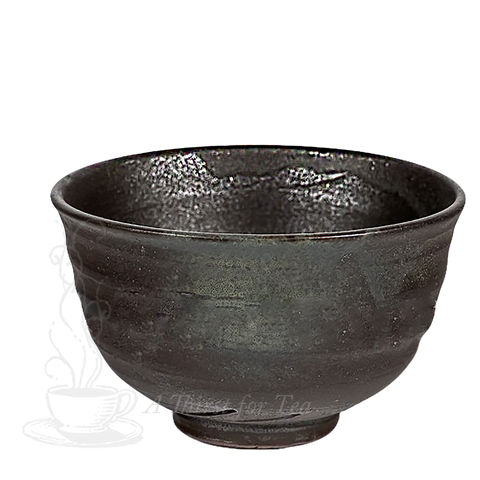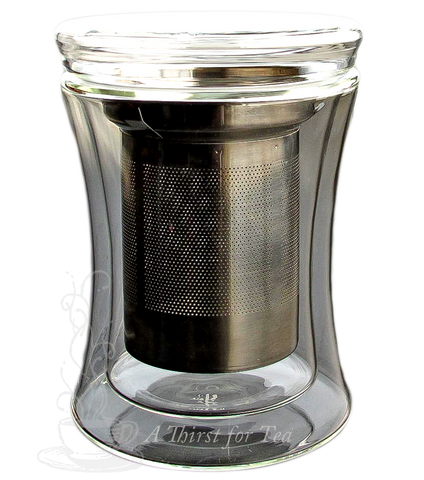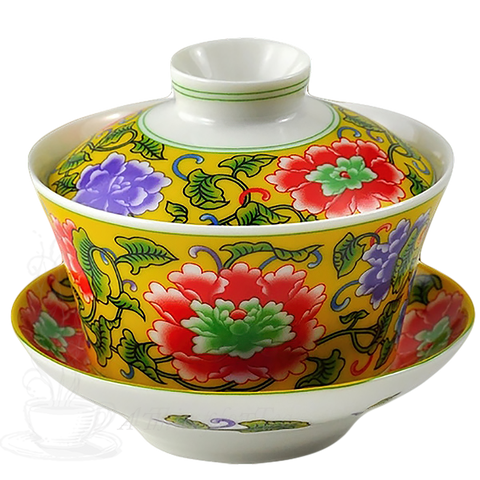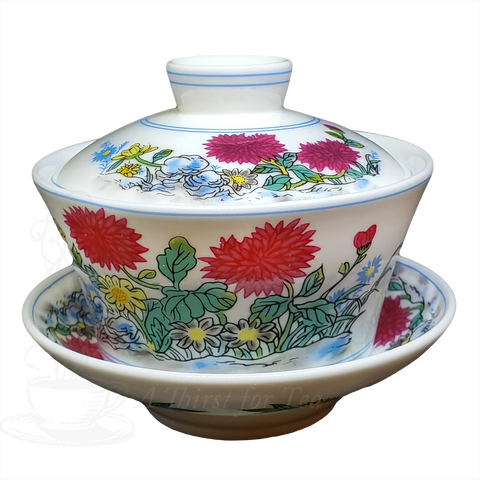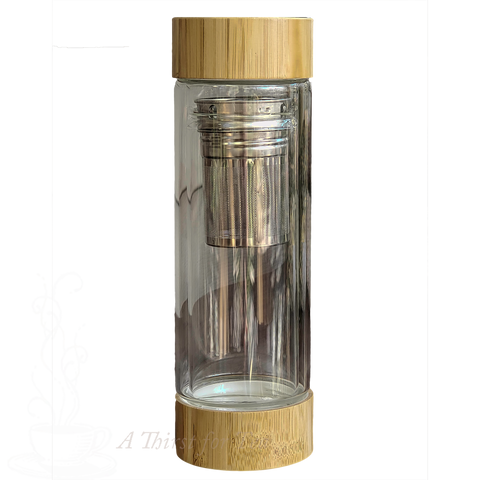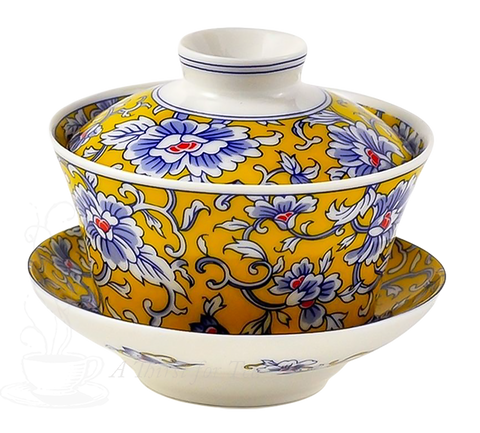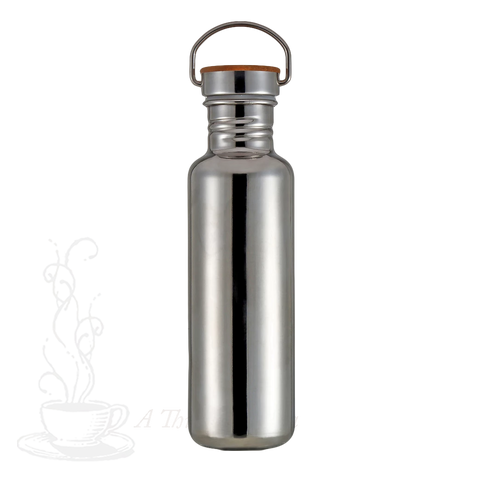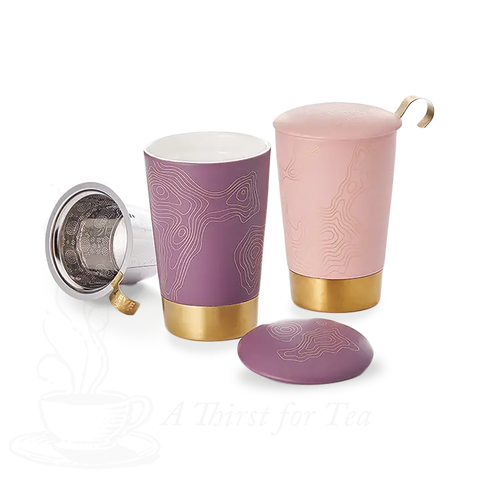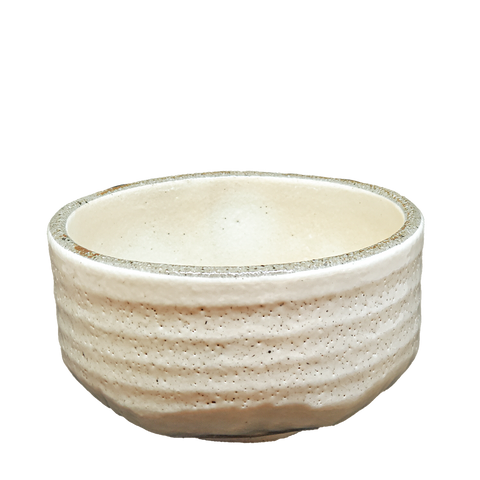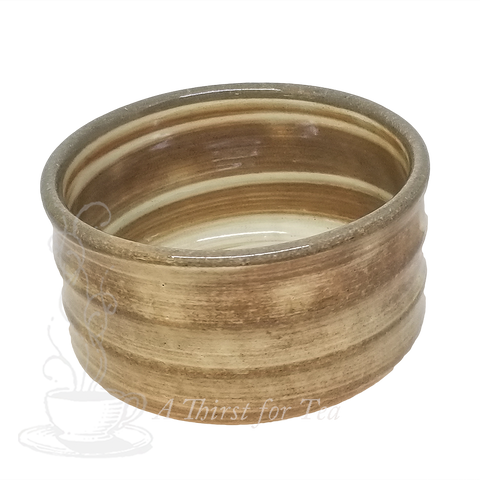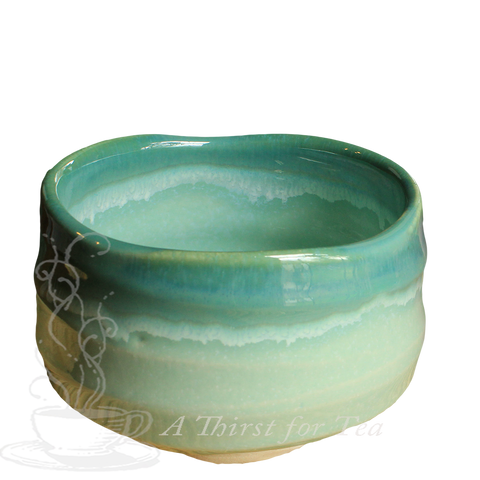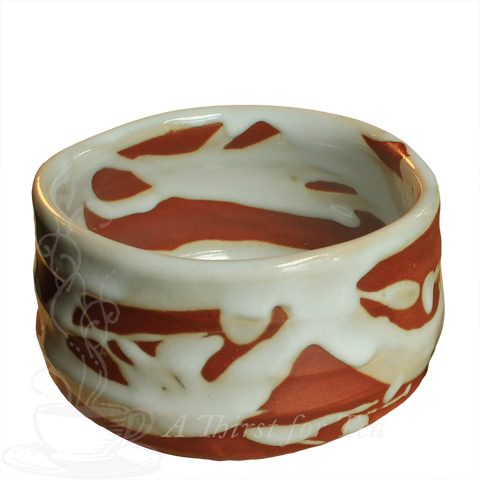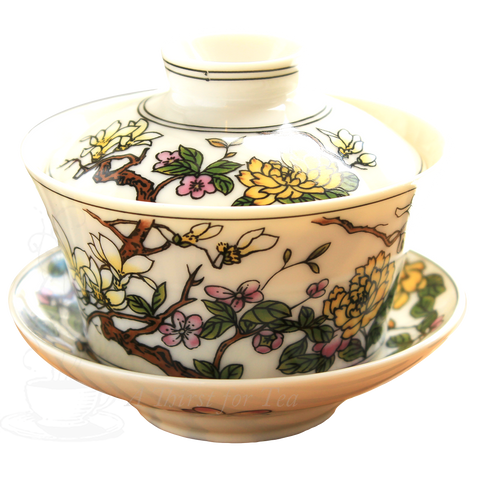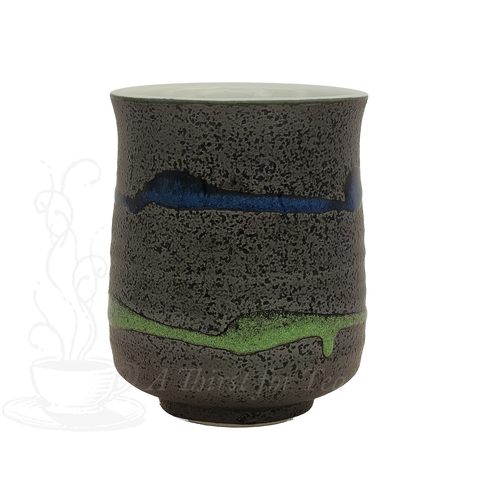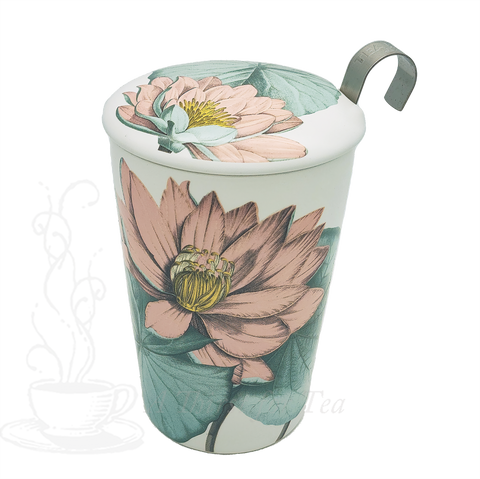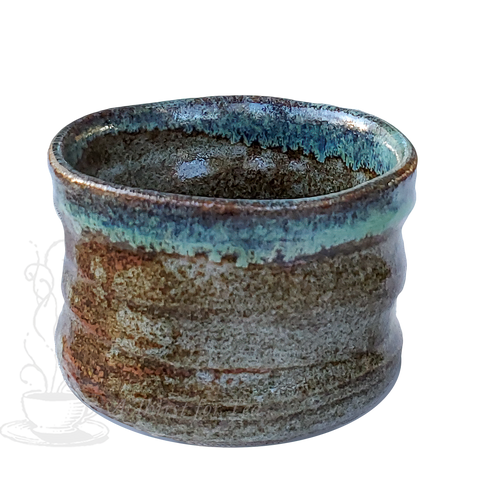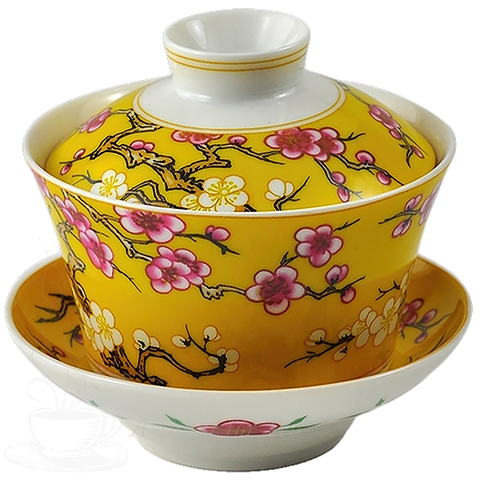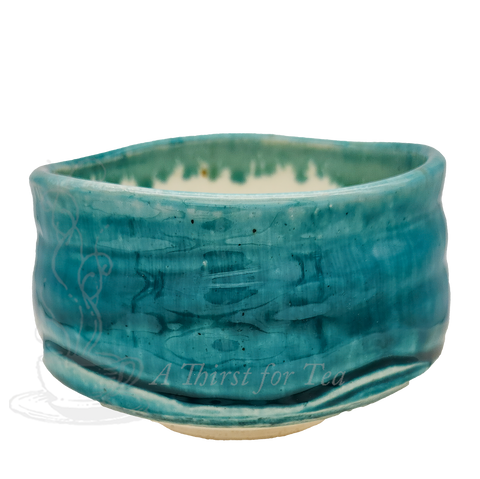Summer Blue Matcha Bowl, Japanese Chawan
$39.99Summer Blue Matcha Bowl, Japanese Chawan
$39.99- Gallery
- Description
- Matcha Background
- Reviews
One size

Japanese Matcha:
There is perhaps no tea on the market today that is as celebrated or as famous as Japanese Matcha. The powdered green tea has been used in the Japanese tea ceremony for centuries and as such is normally associated with the beautifully complex, and rigid procedure. Endorsed by the Tea Master at the Urasenke Tea School, the largest and most respected tea school in Japan, our Nishio Premium Ceremonial Matcha is the highest grade, typically reserved for a special occasion.. The Urasenke School was founded by a renowned Tea Master, descended from Sen Rikyu, during the 16th century and its endorsement is considered to be among the highest honors for tea in Japan and throughout the world. The name “Ceremonial” was originally given to depict a grade of Matcha that is of high enough quality to be served at formal tea ceremonies, and this endorsement is reserved strictly for ceremonial teas that meet the strictest measures of excellence, such as Aiya’s Ceremonial Grade Matcha.
Of the over 200 farmers in Nishio city that are contracted by our supplier, only a select few have the experience and knowledge necessary to produce Matcha high enough in quality to be called “Premium Grade.” The result of their efforts is a rare treat.
Our Premium Grade Matcha has a robust Matcha flavor packed with tons of natural sweetness (umami flavor) derived from the amino acid L-theanine. Ideal to be served as Koi-cha (thick style Matcha), this grade can also be enjoyed as Usu-cha (thin style Matcha). Although we recommend this Matcha for use on special occasions, you can enjoy this luxury everyday if you so desire.
Matcha is harvested in the beginning of May. The fresh green tea leaves are traditionally plucked by hand — even today. After they have been harvested, the leaves are immediately refined in the Aracha factory (1st refine facility). This refining process is the beginning of a long journey turning the leaves into Matcha powder.
First, the tea leaves are carefully steamed which halts the fermentation, keeping the leaves fresh, and locks in the nutritional components of the tea. Then the leaves are carried through a dryer heated at approx. 180°C / 356°F. The temperature and the time to dry depend on the respective weather condition at the time. After this process, the dried leaves weighs only 20% of its original weight. The tea leaves after this 1st refinement, is called "Aracha," which means "rough tea."
Aracha arrives to the 2nd refining facility operated by AIYA. A variety of Aracha arrives from an abundant source of farmers, many of whom have been with AIYA for generations. Next the Aracha will be sorted to its respective categories by AIYA's tea sommeliers through the evaluation of color, taste, and texture. The final tea is blended from various sources by the tea sommeliers for consistent grades throughout the year. After the formulation is complete, fully automated procedure separates out all the stems, veins, and unwanted particles until the purest flesh of the tea leaves remain which is then cut to smaller pieces. At this point, the cut tea is called "Tencha" tea, which is specifically designed to be ground into Matcha.
Aracha arrives to the 2nd refining facility operated by AIYA. A variety of Aracha arrives from an abundant source of farmers, many of whom have been with producing tea for generations. Next the Aracha will be sorted to its respective categories by the tea sommeliers through the evaluation of color, taste, and texture. The final tea is blended from various sources by the tea sommeliers for consistent grades throughout the year. After the formulation is complete, fully automated procedure separates out all the stems, veins, and unwanted particles until the purest flesh of the tea leaves remain which is then cut to smaller pieces. At this point, the cut tea is called "Tencha" tea, which is specifically designed to be ground into Matcha.
Blending is conducted by the tea sommelier to produce consistent flavor and color for each category of Matcha. AIYA has two tea sommeliers with 40 years of experience and has long since perfected this procedure to produce high quality Matcha. Blending the tea is necessary to achieve different grades of Matcha. There are more than 100 existing grades which differ from each other in color and taste profile. The perfect Matcha is said to have resilient spring green color, unfolds delicately in the mouth, and the flavor is robust yet mild and sweet. All tea has a different character and various criteria must be met for the perfect blend.
The last step and the most important step in Matcha production is the grinding process. AIYA holds 1300 units of granite stone grinders, and they are maintained by in-house skilled artisans. The grinding process is conducted in a clean room in where the temperature and humidity is closely monitored and controlled as the industrial filters keep the air clean, eliminating bacteria and germs in the air. The average particle size of Matcha powder is only 5-10 microns small. This is so fine (finer than baby powder!) that the powder practically melts in your mouth.
Each stone mill only grinds up to 30-40g (approx. 1 oz) per hour, which is basically the amount of one Matcha tin. Even with all the technology today, the granite stone mill is still the best way to grind Matcha from the delicate Tencha tea leaves, because only granite can preserve the color, flavor, and the nutritional components of the tea to its upmost quality.
A stone mill consists of two granite parts. There is a slight opening in the middle where the two parts meet. This is called "Fukumi." The tea is funneled in from the top and fills in this small space, then is pushed out gradually. Because of this, the granite parts never touch each other during the grinding process. There are grooves carved into varying grid lines patterns inside the mill which is designed to push the tea outward from within as the mill starts grinding. And by the time leaves finally reach the outer seam, they are broken down and ground into ultra fine powder. An axis made of oak wood is placed in the center to hold the mill together. This is also chiseled and shaped by the artisans to fit perfectly centered into each mill since no hole is ever drilled the same way when the granite arrives. Oak is ideal for the core for its strength and durability and has very little inherent smell.
It was believed by the ancient Japanese that tea was a gift of the heavens and as such held great restorative and spiritual power here on earth. In fact, an ancient Japanese poet named Sen no Rikyu, considered to be the most important influence on the development of the tea ceremony, or Chanoyu, penned this line during the 1500's, "Though many people drink tea, if you do not know the Way of Tea (Chanoyu), tea will drink you up." The development of the Chanoyu, began as a way for human beings to appreciate and show reverence to this power.
Well, these days, although the Japanese tea ceremony still holds a significant place in Japanese culture, the rules around drinking Matcha have loosened. The ancients were right about something though, Matcha is special, and because of the way it is produced, it is also powerful. Consider these numbers: 2 cups of brewed matcha contains 7 times the antioxidants of orange juice, 20 times that of apple juice, and nearly 20 g of calcium - and that's just the short list! On a gram per gram basis, Matcha also contains approximately 10 times the polyphenols of regular teas*. The healthy qualitites of the tea have led to the its break from tradition - Matcha can now be found served cold, as an ingredient in health shakes, ice creams, and even baked goods.
So what is it about Matcha that makes it so good for you? The answer can be found in the way it is produced and consumed. Firstly, Matcha is made using pure Gyokuro leaves, a Japanese tea variety that is shaded beneath special mats for 3 weeks before plucking. The shading forces the plants to produce a higher than normal chlorophyll content which gives the leaves a rich green color. Once plucked, the leaves are steamed and dried. Tea at this stage of the process is known as Aracha. Next, the Aracha is stripped of all stems and veins resulting in a pure leaf known as Tencha. Tencha is then stone ground into its finely powdered form. Since it is powdered, no matter how you prepare Matcha, you are actually consuming the entire leaf - which contains high nutritional value - there is no other tea in the world consumed in this manner. It is said in Japan that because of this characteristic, Matcha is the healthiest natural beverage in the world to this day!
Matcha can be divided into two categories: thick (Koicha) and thin (Usucha.) Koicha refers to Matcha made from the leaves of Gyokuro plucked from tea bushes that are over 30 years old. Usucha refers to Matcha made from the leaves of Gyokuro plucked from tea bushes that are younger than 30 years old. Koicha would be used in a formal Japanese tea ceremony, while Usucha would be used for less formal occasions. The terms Koicha and Usucha are also used to describe the manner in which the Matcha is prepared.
